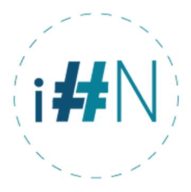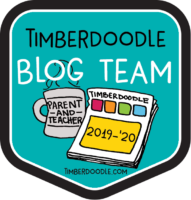There are many who are quite passionate about the answer to this question, and both side can be argued and proven as best with research cited, and whole books written in support of one or the other. Reading many books, defending different answers to this question has led me to believe the question itself is not a good one. Years of reading and research in the areas of child development, brain function and learning have led me to believe it is how we teach, not when, that must be answered correctly.
Whether you start when your child is 4 or 7 is of little importance. What really matters underneath it all is dopamine. Dopamine is a neurotransmitter that plays an important role in creating new neural connections in your brain. Dopamine is released when you experience pleasure. Although we are realizing more that it is important for children to love learning, we often do not understand that there is actually physical biochemistry going on in your brain that makes it very important to experience pleasure as you learn.
Dopamine doesn’t just make you feel good, it helps you learn better, by increasing attentive focus and memory formation. Do you want your child to pay attention to their lesson and remember what they learn? If so, you need dopamine on your side.
The good news is that it is not so hard to find pleasure in life. Children of all ages love to move and sing and play as they learn. They love to have a special snack, which can be a reward, or even just and extension activity of what they are learning. They will release dopamine when they reach a goal, or win a game.
It is not appropriate to ask a 4 year old to sit and attend for the same amount of time that a seven year old is able to. However, I have found this does not mean a 4 year old is not ready to learn many of the same things that a seven year old is able to learn. Especially if you approach learning as a dopamine challenge.
Here are some examples.
A four year old enjoys learning the alphabet song. Letter recognition can be learned in many ways, cute video’s like Alphablocks and Starfall are well loved by this young crowd. You can make letter shapes with playdough, beans, and cookie cutters. It may be more work to teach your four year old all the letter sounds, and then to start blending them together to make words, but it can also be more fun, because at this age if you take the fun out, you will likely fail. It may seem like teaching your child to read requires more than 15 min. a day, but with patience and dopamine, it does not. Steady repetition, combined with engaging activities and short lessons mean you can begin at any age.
With the amount of brain research we have at our fingertips these days, it is time to end some old debates and start applying what we know about the brain, to how we teach our children. Whether a child learns to read at age 4 or age 8, no one will be able to tell by the time they are 12, so relax about doing it at the wrong age, and concentrate your energy on making it fun and consistent.
Our children learn every day. They learn many things. The questions that matter are: What will they learn today? Will they remember what they learn? Will they enjoy learning? Will my plans increase their thirst for knowledge, or give them indigestion? Will what they are learning show up in their free play? The best indicator I have found of whether my children have truly learned a subject or concept is when I see it in their free play. When it comes up there, you know it is in deep.


